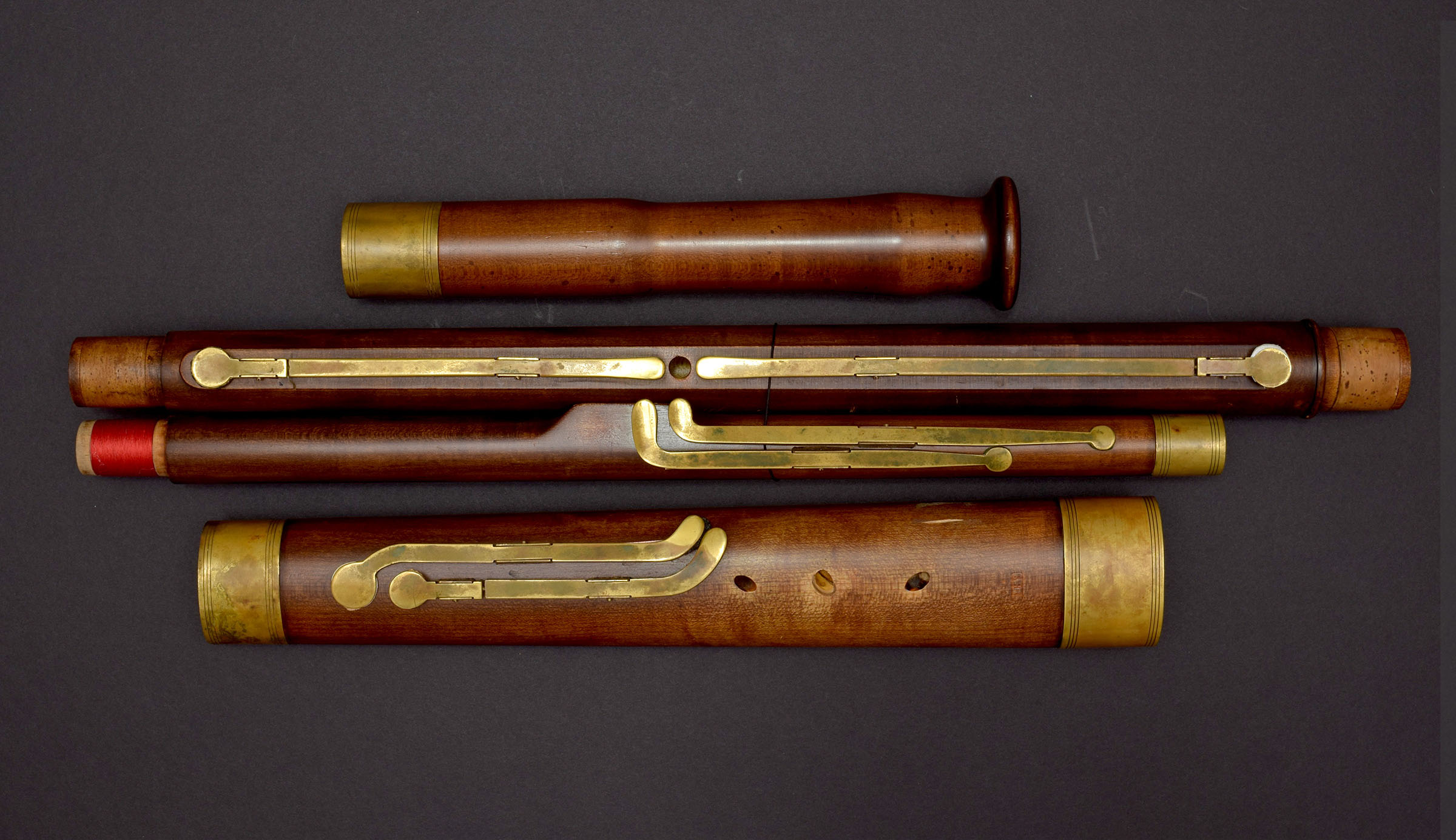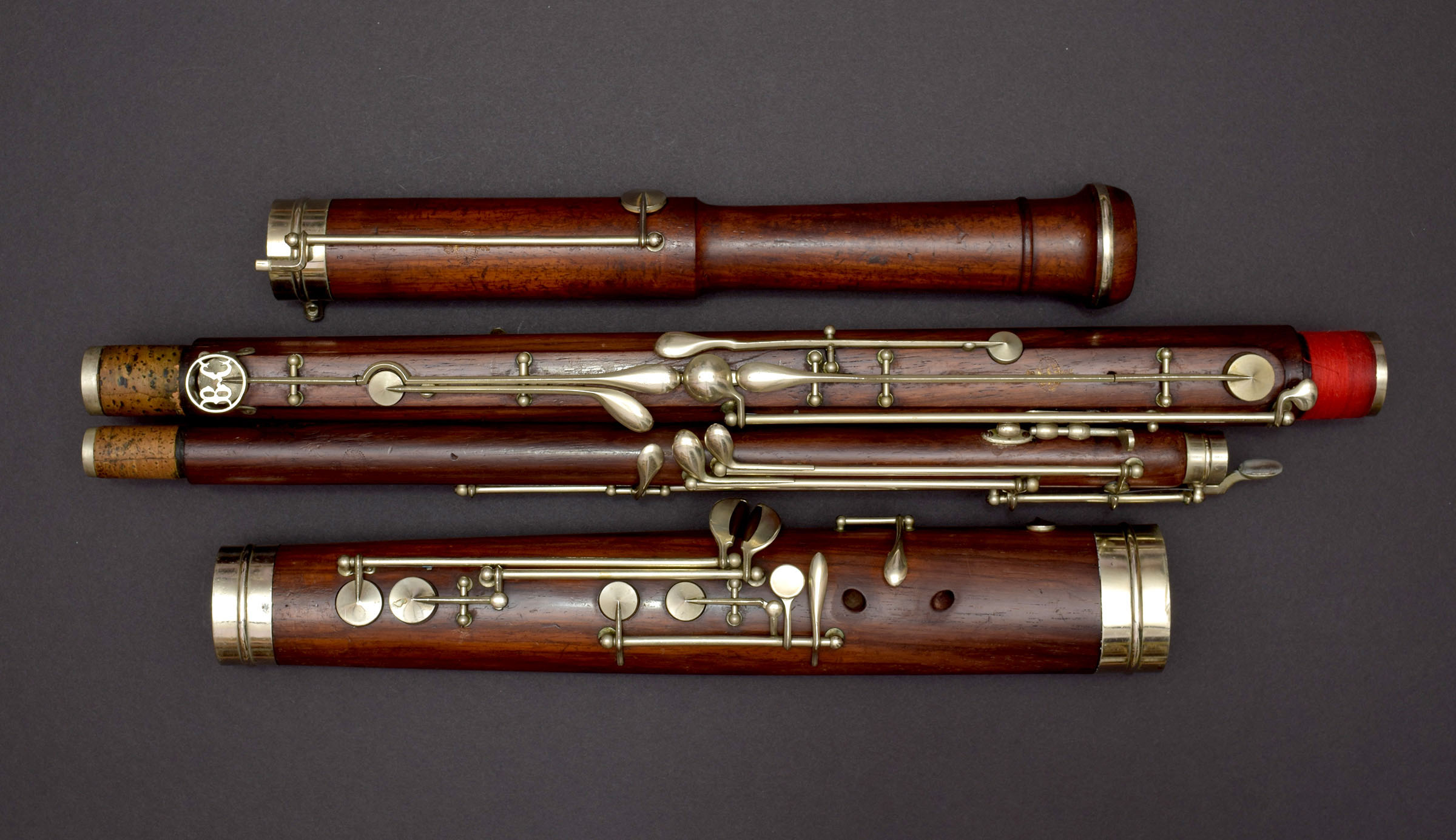In addition to playing and teaching the “regular” (modern) bassoon, I spend a great deal of my time with historical bassoons of various sorts. Most commonly, I use these in historically-informed performances with groups who are all playing instruments that are close to what the composer would have known.
Far from just being stripped-down versions of modern instruments, these historical instruments often sound different, feel different to the player, and even require very different playing techniques. Playing these instruments in a historically-informed way often grants insights into why composers wrote certain figures, or set pieces in particular keys, or even used a particular combination of instruments.
Most importantly of all, this deeper understanding on the part of the performers generally translates into performances that can be more exciting and engaging for the audience! See the gallery below for a bit more about each of my instruments.




